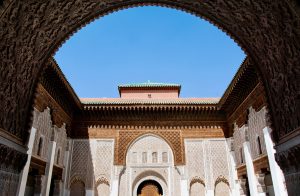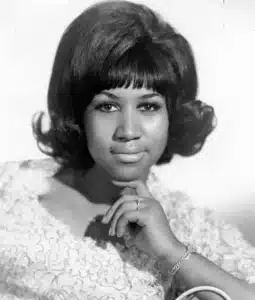Saint Elizabeth Ann Seton was born on August 28, 1774, and died January 4, 1821. She was a catholic religious woman in the United States and an educator. She is known as the founder of the American parochial school system. She was born in New York and grew up an Episcopalian. Saint Elizabeth Ann Seton married and had five children with her husband William Seton. Two years after his death, she converted to Catholicism in 1805. Her family was among the first to emigrate to what would become the United States. Did you know that Saint Elizabeth Ann Seton was from a family that was one of the first from Europe to live on the continent?

Biography of Saint Elizabeth Ann Seton
Shortly after marriage, Elizabeth and William Seton moved into a fashionable residence on Wall Street in New York. Socially prominent in society, the Setons belonged to Trinity Episcopal Church, near Broadway and Wall streets. Elizabeth was devout, and William Seton died after the couple had five children. Saint Elizabeth Ann Seton saw her economic fortunes decline due to the breadwinner’s death and the outbreak of the War of 1812.
Through most of their married life, William Seton suffered from tuberculosis. His doctors sent him to Italy for the warmer climate, with Elizabeth and their eldest daughter as well as him. They were in quarantine for a month after arriving in Italy. The authorities thought they might have brought yellow fever from New York. William died there on December 27, 1803.
After returning to New York, Saint Elizabeth Ann Seton entered the Catholic Church and was baptized on March 14, 1805, by Father Matthew O’Brien, pastor of St. Peter’s Church. The city’s only Catholic church. A year later, she received the sacrament of confirmation from the Bishop of Baltimore, John Carroll, the only Catholic bishop in the nation.
In 1809, Saint Elizabeth Ann Seton moved to Emmitsburg, Maryland. A year later, she established the Saint Joseph’s Academy and Free School, a school dedicated to Catholic girls’ education. On July 31, 1809, Seton established a religious community in Emmitsburg dedicated to the care of children of the poor. This was the first congregation of religious sisters founded in the United States, and its school was the first free Catholic school in America. This modest beginning marked the start of the Catholic parochial school system in the United States.
Saint Elizabeth Ann Seton died on January 4, 1821, at 46. Her remains are in the National Shrine of Saint Elizabeth Ann Seton in Emmitsburg, Maryland. By 1830, the Sisters of Charity of St. Joseph ran orphanages and schools as far west as Cincinnati and New Orleans. They established the first hospital west of the Mississippi in St. Louis, Missouri. Pope Paul VI canonized Saint Elizabeth Ann Seton on September 14, 1975.
Parochial Schools
The development of the American Catholic parochial school system can be divided into three phases. During the first period (1750–1870), parochial schools appeared as ad hoc efforts by parishes, and most Catholic children attended public schools. Saint Elizabeth Ann Seton was present at the creation.
During the second period (1870–1910), the Catholic hierarchy fundamentally committed to a separate Catholic school system. These parochial schools, like the big-city parishes around them, tended to be ethnically homogeneous; a German child would not be sent to an Irish school, nor vice versa, nor a Lithuanian pupil to either. Instruction in the old country’s language was standard, as was education in the social sciences.
In the third period (1910–1945), Catholic education was modeled after the public school system, and ethnicity was deemphasized in many areas. In cities with large Catholic populations, teachers, administrators, and students flowed from one system to the other. Additional magnet high schools were founded; those high schools began recruiting for their sports teams.
Conclusion
Saint Elizabeth Ann Seton was canonized because she founded the catholic education system in the United States. Nowadays, the Catholic education system in the United States is robust. It is hard to overstate the importance of Saint Elizabeth Ann Seton in the United States; millions of children attend Catholic Schools today. It is worth restating that she is the first saint from the United States.








